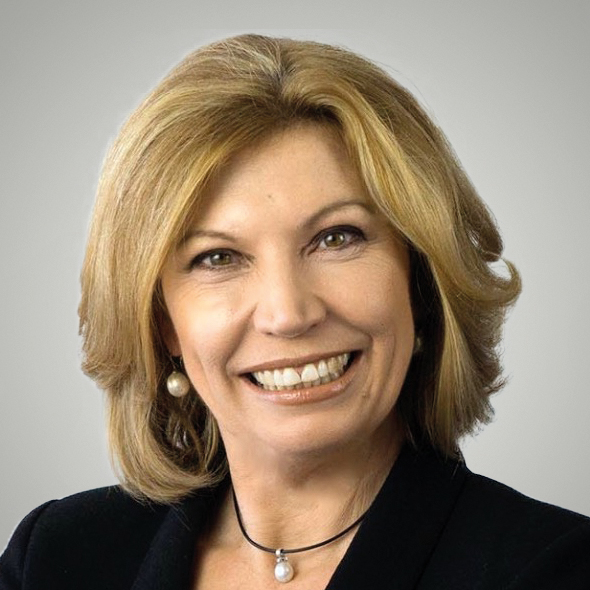Abu Dhabi-based director Adam Malouf FAICD, who chairs the AICD's Middle East Advisory Committee, says the lockdown provided an opportunity reflect and rethinking business and personal priorities.
Abu Dhabi-based director Adam Malouf FAICD says amid the geopolitical challenges of 2020, there have been some developments that offer promising prospects for the Middle East in 2021. Among them are opportunities from the Israel-United Arab Emirates accord.
“It’s the first in a likely series of agreements that has the potential to generate US$4b a year in trade and drive more trade and innovation with great potential benefit for Australia,” says Malouf, chief asset sourcing officer at the Knowledge Fund in the Government of Dubai, chair of the AICD’s Middle East Advisory Committee and a board member for trade and investment at the Australian Business Council Dubai.
Related Articles
Oz Minerals chair Rebecca McGrath does things differently
One performing arts group's creative solutions for surviving the pandemic
Why gender diversity isn't the only diversity that matters
From mining to medical devices: ventilator breaths new life into business
How humble groceries helped Coles Group boost performance during COVID-19
A UAE resident of 16 years, Malouf recalls the rapid shutdown in the first week of March and working from home until mid-June while his wife homeschooled their three children. He says COVID-19 has brought a different dynamic, and holidaying in Beirut, in August — when ammonium nitrate exploded at the port, killing more than 200 people, causing around US$15b in property damage and leaving an estimated 300,000 homeless — has prompted him to deeper thought.
“Nothing can be taken for granted,” says Malouf. “It has caused a lot of personal and professional reflection. As leaders, we don’t always have that time. It has caused all of us to step back and think: ‘What do we really want out of our personal life? Out of our working life? And can it be done in a more relaxed manner?’”
Malouf adds that COVID-19 caused everything to slow down and people to go back to basics. “Doing that forces you to have a fundamental rethink and consider questions such as: are we doing the right things? What are the fundamental assumptions we have based [them] on and are they still the right things to do?”
While he has appreciated the flexibility of videoconferencing, Malouf says it has posed difficulties and he welcomes returning to the office. “Particularly in board meetings, you’re abiding by the etiquette and it’s difficult to read a room on the screen — where the dynamics and factions are. Body language is a big part of that. As human beings, we need social interaction.”
Malouf says he would like Australia to take inspiration from the Emirates’ long-term thinking approach. “There’s a 50-year plan from 2021 to 2071, which is the centenary of [the UAE’s] federation. They break that down into bite-sized chunks of three-year cycles and it’s constantly monitored to ensure progress and alignment. It’s about asking, ‘What’s going to happen in the next 20–30 years and what are the building blocks we have to put in?’ It’s a different political environment, but it’s all about the thinking.”
The AICD has approximately 1600 international members across 85 countries, for whom it offers a range of services, courses, scholarships and events.
Business impact of COVID-19
31% of businesses reported a revenue decrease in October, compared to 47% in July
29% reported that cash on hand could sustain operations for less than three months
7% of businesses reported in October that they were deferring loan repayments, compared with 16% of businesses in May
Medium-sized businesses were almost twice as likely as small and large businesses to report they were deferring loan repayments (13% compared with 7% and 7%); of those deferring loan repayments, 31% were accommodation and food services, 21% wholesale trade and 16% manufacturing
21% reported they sought additional funds over the past six months; of these, 21% were small businesses, 27% medium and 24% large
Accommodation and food service businesses were the most likely to have sought additional funds (35%), while businesses in arts and recreation services were the least likely (7%)
1 in 5 medium (22%) and large (19%) businesses reported an increase in the number of employees, compared with 6% of small businesses.
Source: Australian Bureau of Statistics, October 2020
Latest news
Already a member?
Login to view this content


